Optimal Timing for Paverses Installation
Paverses are a durable and versatile paving option suitable for various outdoor applications. Proper timing for installation can ensure optimal results, longevity, and minimal disruption. The best time to undertake Paverses depends on climate conditions, project scope, and specific site considerations.
Installing Paverses during mild weather prevents issues related to extreme temperatures and moisture. Spring and fall often provide ideal conditions with moderate temperatures and lower precipitation.
Extreme cold can hinder proper setting and jointing, while high heat can cause expansion issues. Temperatures between 50°F and 85°F are generally optimal for installation.
Rain can delay installation and affect the setting process. Dry weather ensures proper compaction and adhesion, reducing the risk of future shifting or settling.
Dry, stable soil is essential for a solid foundation. Scheduling during periods of low soil moisture helps prevent shifting and uneven surfaces.
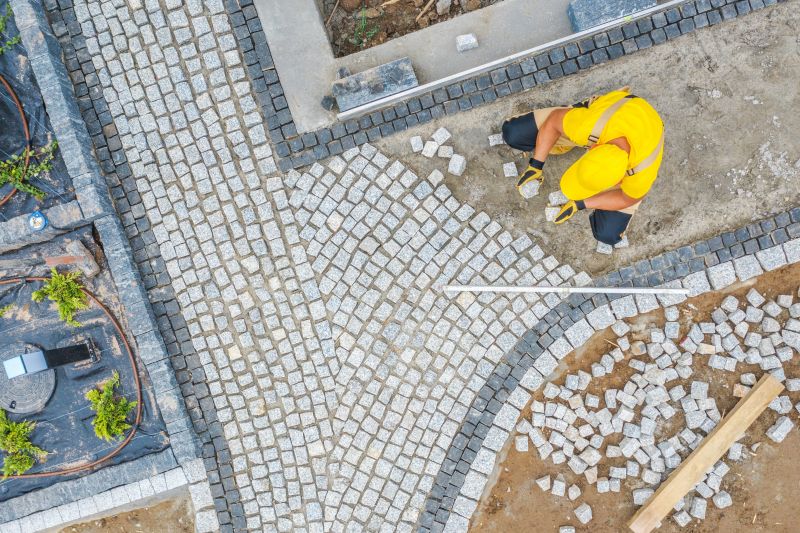
Ways to make Paverses work in tight or awkward layouts.
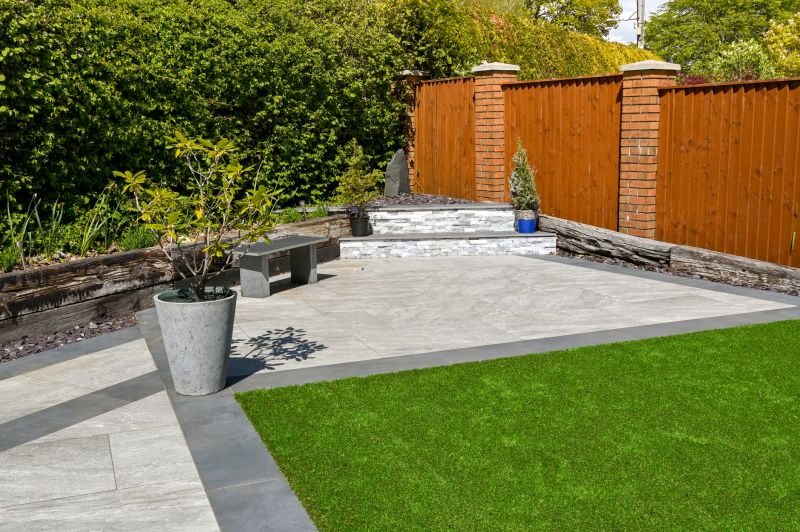
Popular materials for Paverses and why they hold up over time.
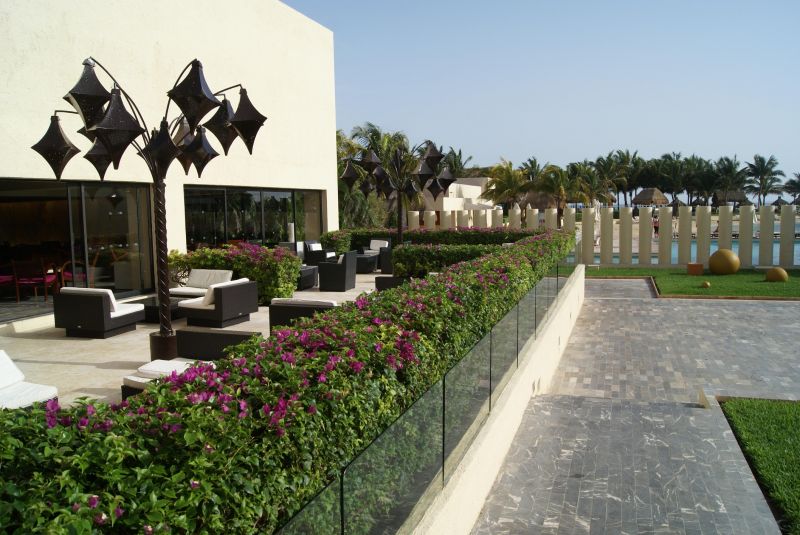
Simple add-ons that improve Paverses without blowing the budget.
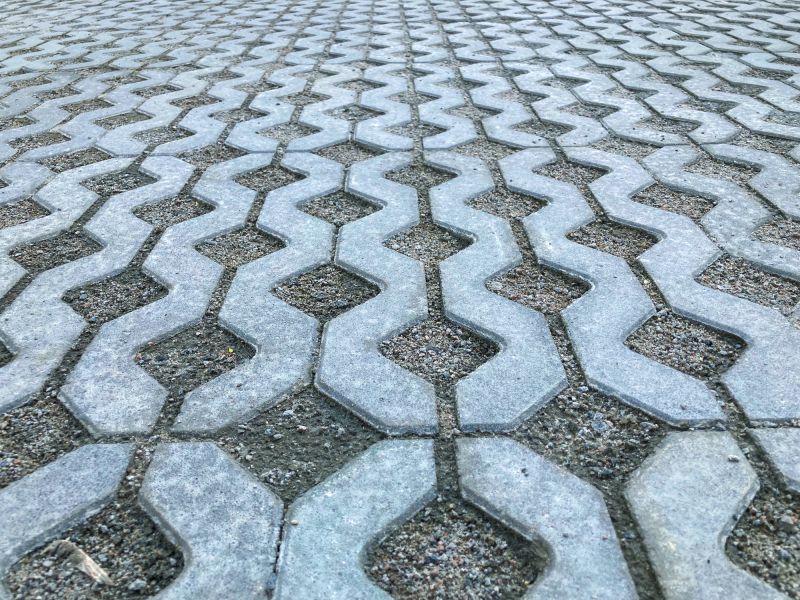
High-end options that actually feel worth it for Paverses.
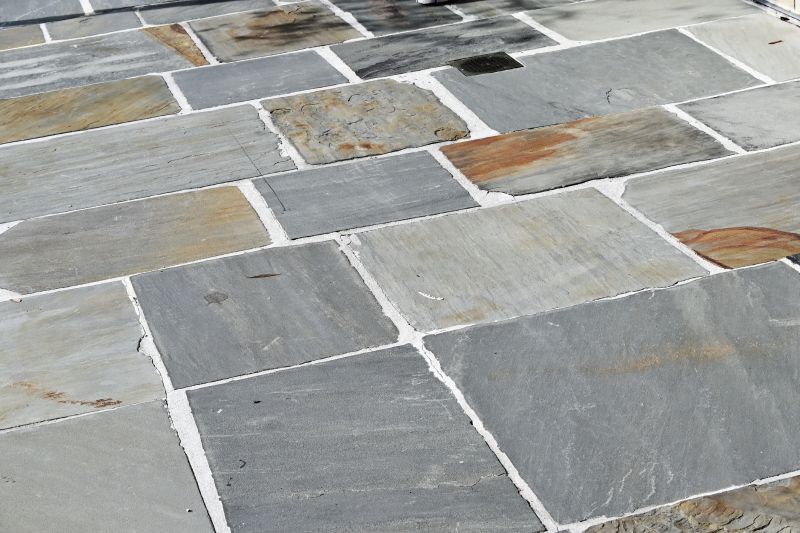
Finishes and colors that play nicely with Paverses.

Little measurements that prevent headaches on Paverses day.
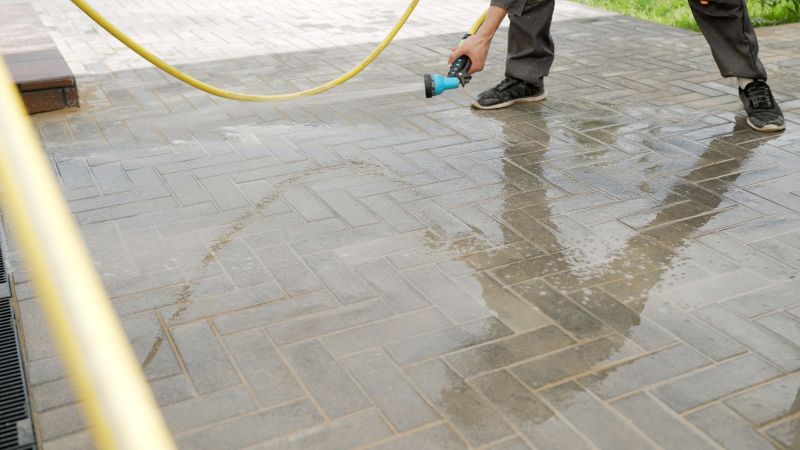
A 60-second routine that keeps Paverses looking new.
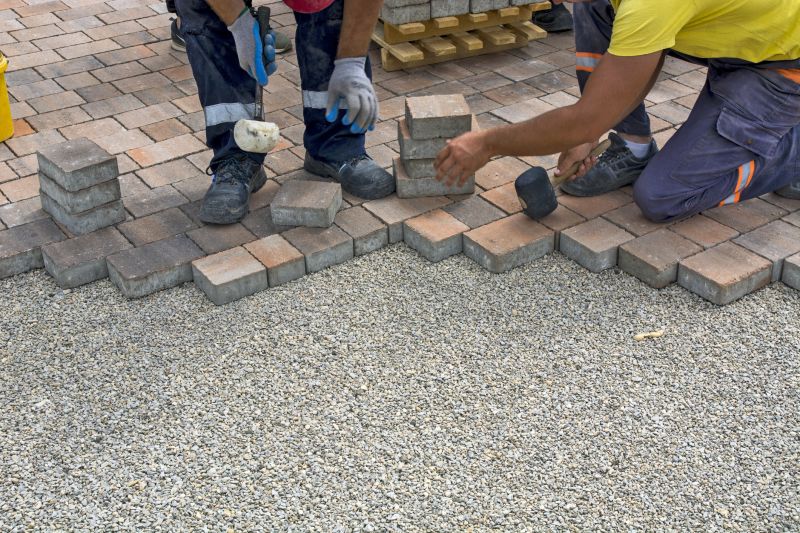
A frequent mistake in Paverses and how to dodge it.
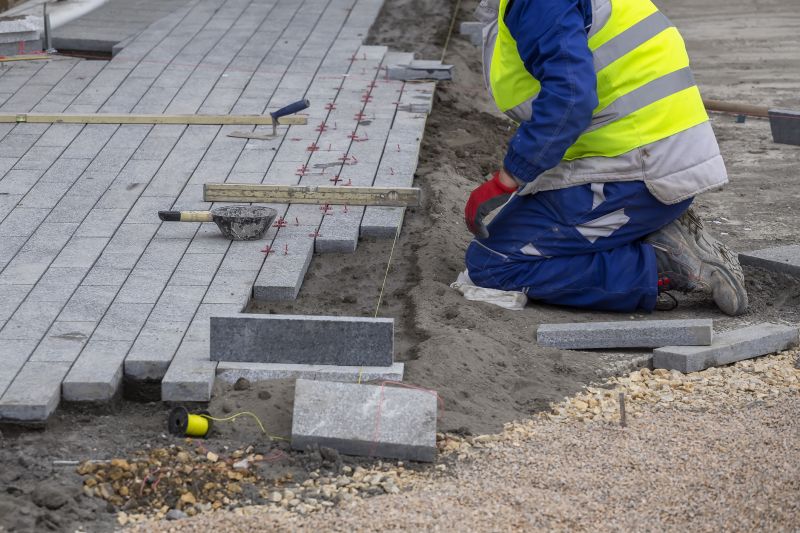
Small tweaks to make Paverses safer and easier to use.
| Aspect | Optimal Timing |
|---|---|
| Weather Conditions | Mild temperatures, low precipitation |
| Temperature Range | 50°F to 85°F |
| Precipitation | Dry weather preferred |
| Soil Moisture | Low soil moisture |
| Seasonal Windows | Spring and fall |
| Avoided Seasons | Winter and peak summer |
| Preparation | Site ready before scheduling |
| Weather Monitoring | Check forecasts before planning |
